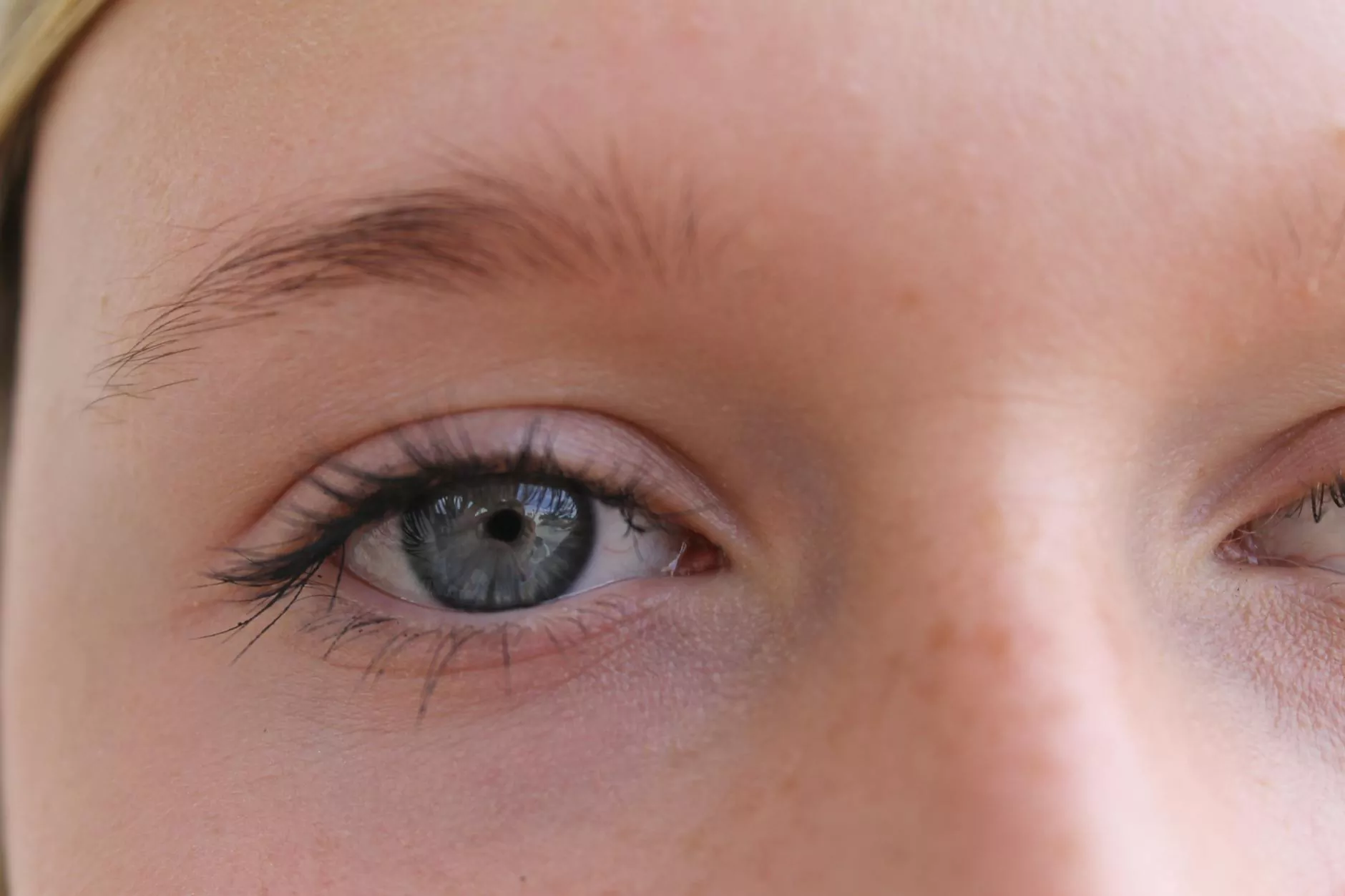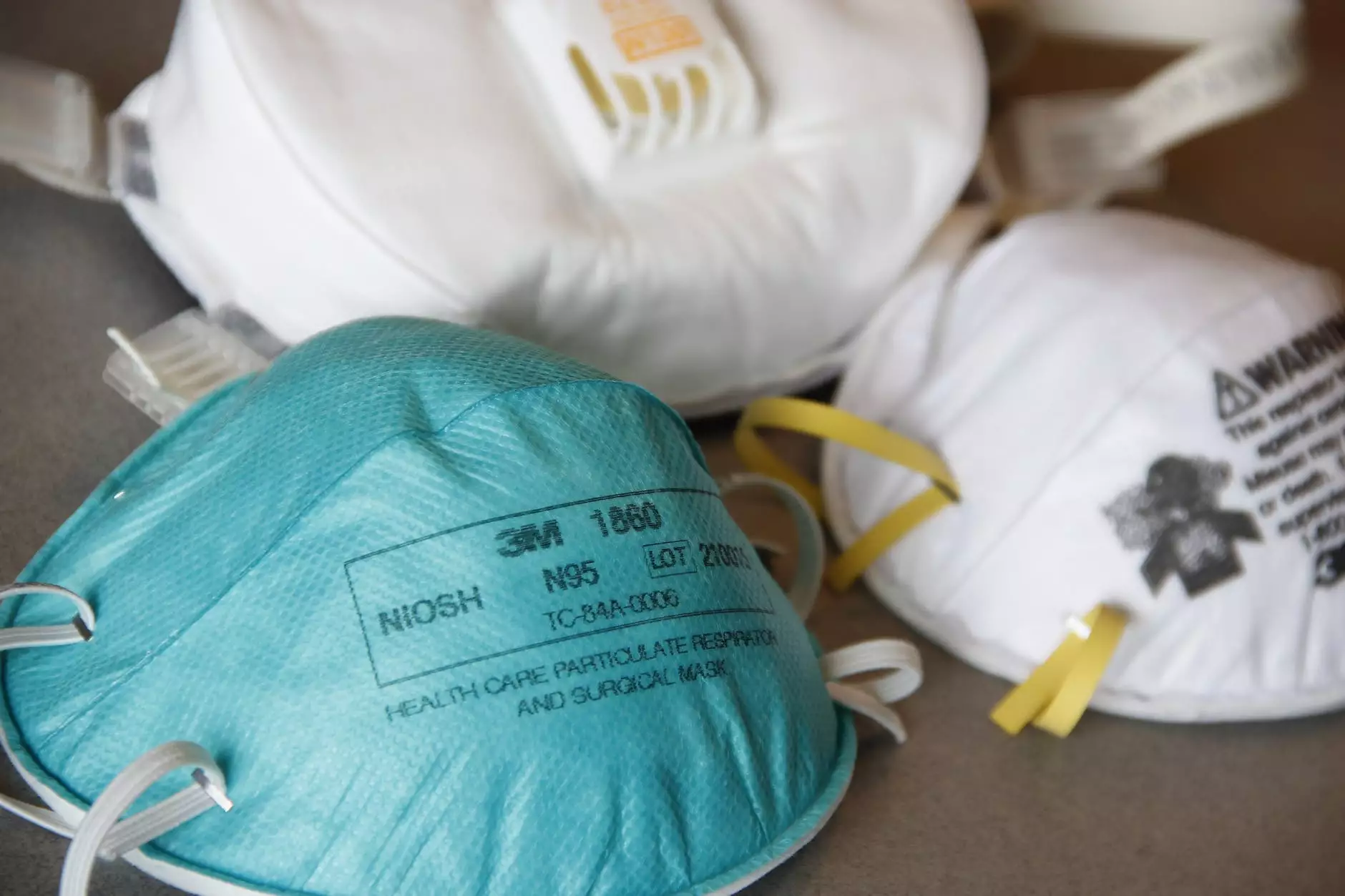The Importance of External Shoulder Rotators in Health and Rehabilitation

External shoulder rotators play an essential role in shoulder stability and movement efficiency. Often overlooked in discussions about shoulder health, these muscles are crucial for preventing injuries, enhancing athletic performance, and facilitating recovery during rehabilitation. In this comprehensive guide, we’ll explore the anatomy, function, and significance of external shoulder rotators, particularly in the context of chiropractic and physical therapy.
Understanding External Shoulder Rotators
The shoulder joint is a complex structure that allows for a wide range of motion. Among its various components, the external shoulder rotators—including the infraspinatus and teres minor—are key players. Located on the back of the shoulder, these muscles are responsible for the outward rotation of the arm and contribute to overall shoulder stability.
Anatomy of the External Shoulder Rotators
- Infraspinatus: This muscle originates from the infraspinous fossa of the scapula and attaches to the greater tubercle of the humerus. It is the primary external rotator of the shoulder.
- Teres Minor: Originating from the lateral border of the scapula, this small but powerful muscle also inserts on the greater tubercle of the humerus, assisting the infraspinatus in external rotation.
Together, these muscles form a critical part of the rotator cuff and work in conjunction with other muscles such as the supraspinatus and subscapularis to maintain shoulder function.
The Role of External Shoulder Rotators in Shoulder Health
Understanding how external shoulder rotators function can provide insights into various shoulder issues. Weakness or injury to these muscles can lead to a range of problems, including:
- Shoulder Impingement Syndrome: The infraspinatus and teres minor help lift the arm, ensuring proper clearance of the rotator cuff. If these muscles are weak, it can lead to impingement of the rotator cuff against the bones of the shoulder.
- Rotator Cuff Injuries: A well-functioning set of external rotators is vital for cuff integrity. Weakness may contribute to tears or strains.
- Postural Issues: Poor posture can affect shoulder mechanics, leading to overuse of internal rotators and underscoring the need for strengthened external rotators.
The Importance of Strengthening External Shoulder Rotators
Strengthening the external shoulder rotators not only contributes to shoulder stability but also enhances overall functionality. Here are some benefits:
- Improved Shoulder Stability: Strong external rotators provide stability to the shoulder joint, reducing the risk of dislocation or injury.
- Enhanced Athletic Performance: Many sports demand efficient arm movement. Athletes with strong external rotators often experience better performance and reduced injury risk.
- Rehabilitation Support: For those recovering from shoulder injuries, strengthening these muscles is crucial for regaining full function.
Exercises Targeting External Shoulder Rotators
Incorporating targeted exercises can help strengthen the external shoulder rotators. Here are some effective exercises recommended by health and medical professionals:
1. External Rotation with Elastic Band
This simple exercise can be performed using an elastic resistance band.
- Attach the band to a stable object at elbow height.
- Stand with your side facing the band and hold the other end with your nearest hand, bent at a 90-degree angle.
- Keeping your elbow close to your body, rotate your forearm outward against the band’s resistance.
- Slowly return to the starting position and repeat for 10-15 repetitions on each side.
2. Side-Lying External Rotation
This exercise primarily targets the infraspinatus.
- Lie on your side with the arm you’re working on underneath you.
- Hold a light dumbbell (1-5 lbs) in your top hand.
- Bend your elbow at 90 degrees and rotate your arm back, keeping your elbow tucked into your side.
- Lower the weight back down with control, aiming for 10-15 repetitions.
3. Prone External Rotation
This exercise is excellent for engaging both external rotators.
- Lie face down on a table or bench, allowing your arms to hang off the edge.
- With a light dumbbell in each hand, bend your elbows at 90 degrees.
- Keeping your elbows at your sides, lift the weights outward toward the ceiling.
- Lower them back down slowly, completing 10-15 repetitions.
Integrating External Rotator Training in Physical Therapy
For individuals undergoing physical therapy for shoulder injuries, it’s essential to integrate external rotator strengthening as part of a comprehensive rehabilitation program. A qualified physical therapist will tailor exercises to the individual’s specific conditions and needs, often including:
- Stepwise progression of exercises based on recovery stage.
- Manual therapy techniques to promote mobility.
- Education on proper postural alignment to prevent future injuries.
The Role of Chiropractors in Shoulder Health
Chiropractors also play a vital role in maintaining optimal shoulder health. Through a combination of spinal adjustments and soft tissue work, practitioners can:
- Address spinal alignment issues that may be affecting the shoulder.
- Provide therapeutic modalities such as ultrasound or electrical stimulation to promote healing.
- Develop individualized exercise protocols focusing on the external shoulder rotators.
Conclusion: Prioritizing External Shoulder Rotator Health
In summary, the importance of external shoulder rotators cannot be overstated. These muscles are essential for maintaining shoulder health, preventing injuries, and enhancing overall performance in various physical activities. Individuals seeking to improve their shoulder function should prioritize strengthening these muscles, whether through at-home exercises, guided physical therapy sessions, or chiropractic care.
By understanding the anatomy and function of the external shoulder rotators, incorporating targeted strengthening exercises, and consulting with qualified professionals such as chiropractors and physical therapists, you can significantly enhance your shoulder health. This proactive approach not only fosters recovery and rehabilitation but also promotes long-term functional fitness.
For more information on maintaining shoulder health and to explore professional services tailored to your needs, visit IAOM-US.









